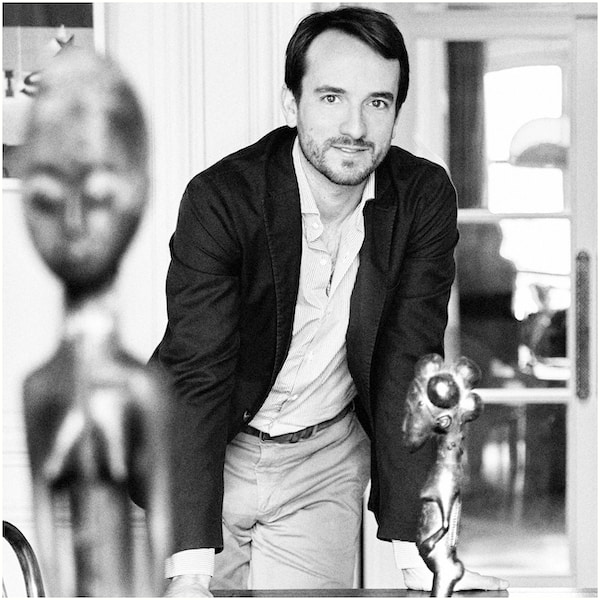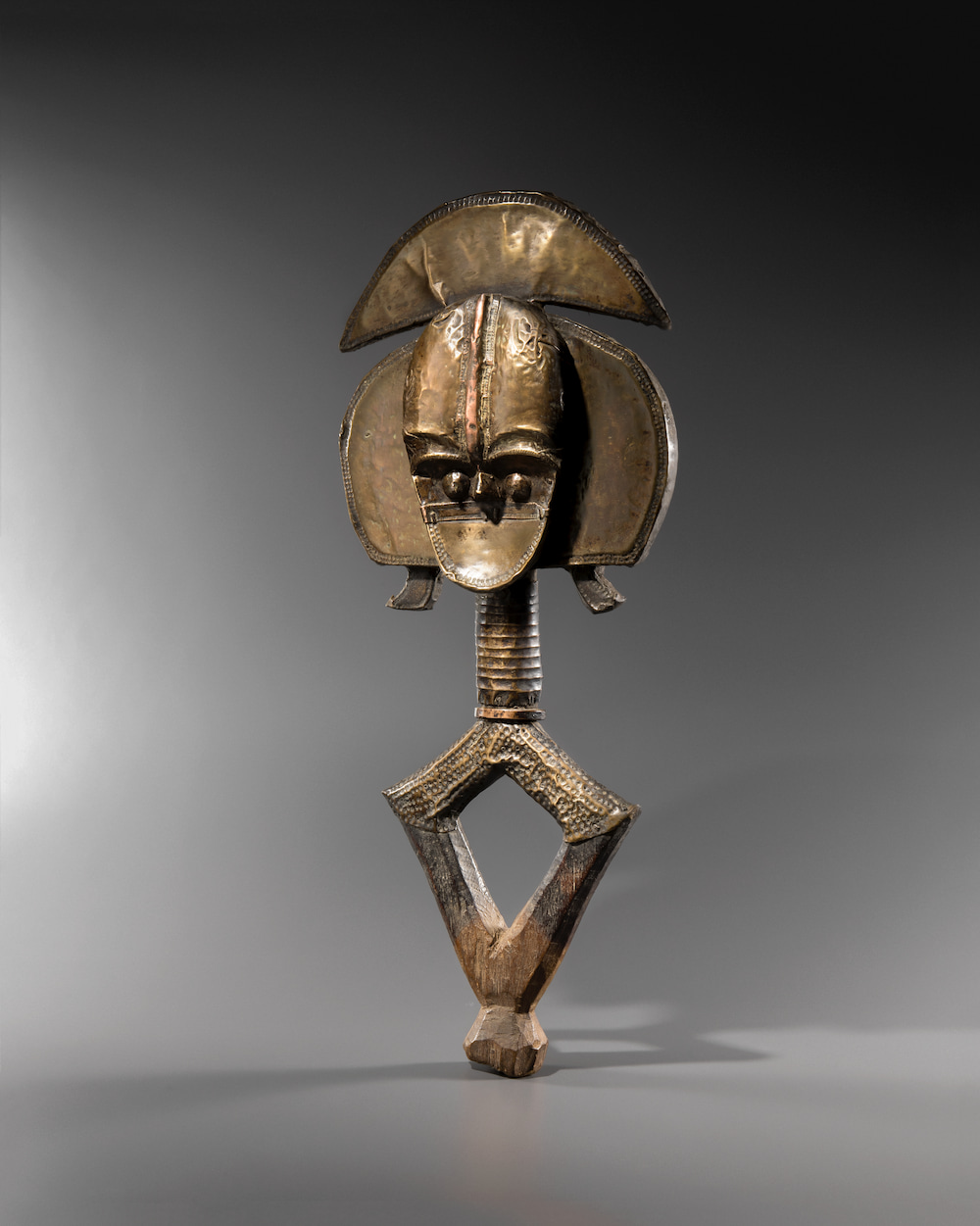LUCAS RATTON
France
11 rue Bonaparte, 75006 Paris
Phone: +33(0)1 46 33 06 24
mailto:contact@lucasratton.com
lucastatton.com
Established in 2012 in the heart of the Saint Germain des Près district, the Galerie Lucas Ratton promotes Tribal Art. For Lucas Ratton, the passion for African Art has been passed down through his family heritage. His grandfather Maurice and his great-uncle Charles Ratton were both close to the avant-garde artists of the 1920s, from the surrealist André Breton to the great poet and art theorist Guillaume Apollinaire, and also to the brilliant inventor of cubism Pablo Picasso and Maurice de Vlaminck or André Derain. Pioneers of the African art market, they presented selected historical objects in their galleries, a level of demand perpetuated in his gallery by Lucas’s father, Philippe, and passed on to Lucas.
The gallery features objects from sub-Saharan Africa as well as works from Oceania and British Columbia. Today, Lucas has made a name for himself in the inner circle of tribal art experts, thanks in part to his participation in international fairs. For Lucas, it is also a question of continuing the family tradition of confrontation and dialogue between extra-European art and modern and contemporary art, and of collaborating with artists and museums to defend and present African art as an integral part of the world heritage of art history.
In September 2020, Galerie Lucas Ratton, which has been located at 33 rue de Seine for a decade, moved to a larger space at 11 rue Bonaparte!
KOTA, Gabon
Late 19th century
Wood and metal
Height: 61 cm
Provenance
Pierre-Alphonse Galoisy (1894-1976) colonial administrator in Gabon
This Kota reliquary figure is the symbolic representation of an ancestor.
The Kota attached great importance to the representation of ancestors, and these effigies, called Mbulu ngulu in the vernacular language, were considered “wooden souls”. The figure initially surmounted a bag containing the reliquaries of important ancestors. This sculpture presents an oval face with a bulging forehead. It is decorated with brass and copper plates. The patterns represented on the neck could represent ritual scarifications. The hairstyle develops in a crescent moon above the head and develops into two symmetrical lateral fins.
This effigy is representative of the general abstraction observable in the Obamba reliquaries, which have always been the most coveted by collectors.
The Kota produced an iconic art of African statuary and, in particular, inspired important artists of the avant-garde of the 1920s.
BACK
TO THE LIST OF THE EXHIBITORS


